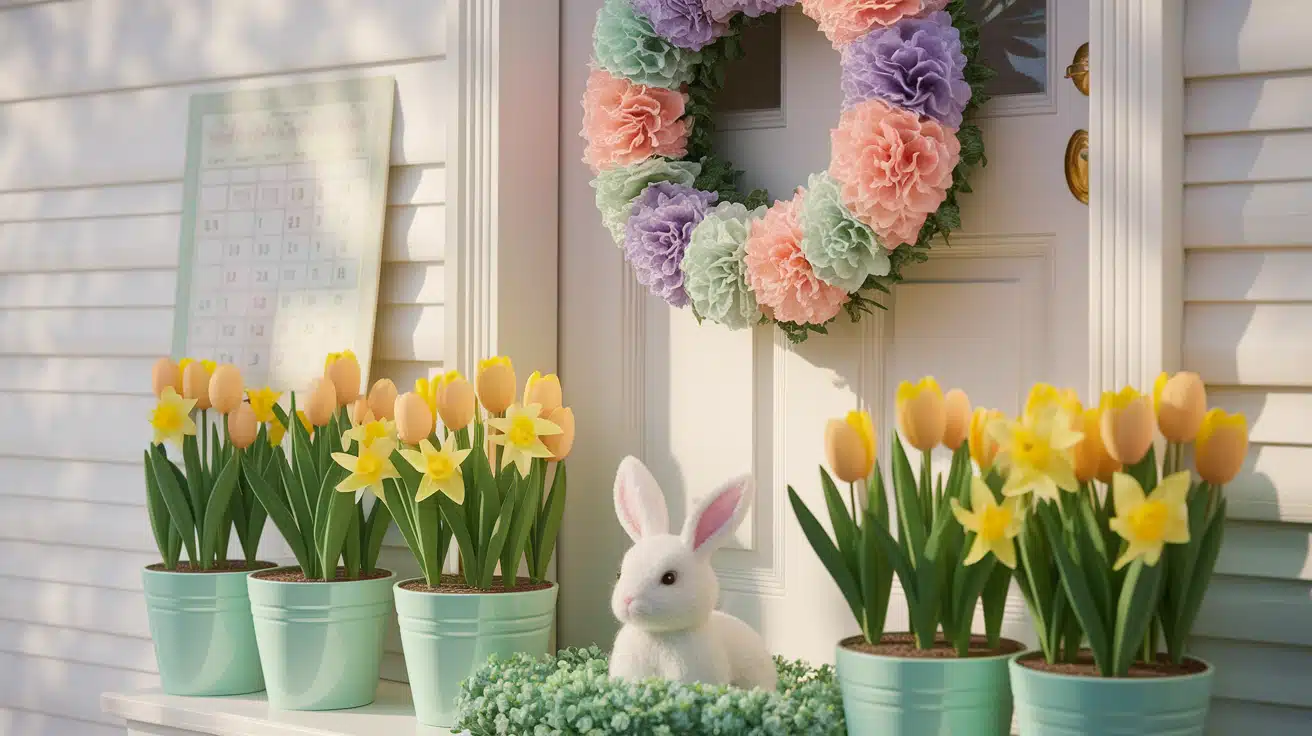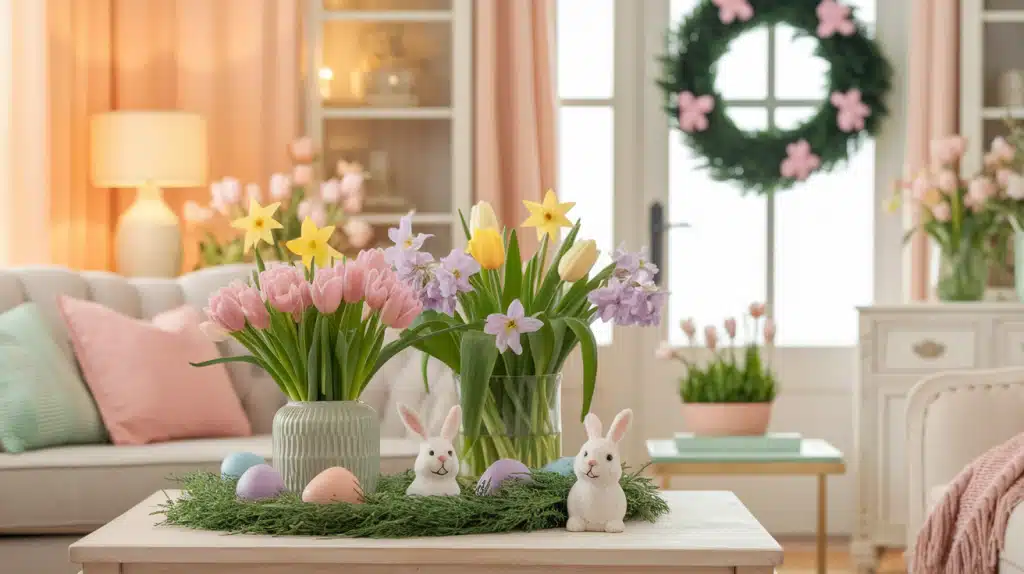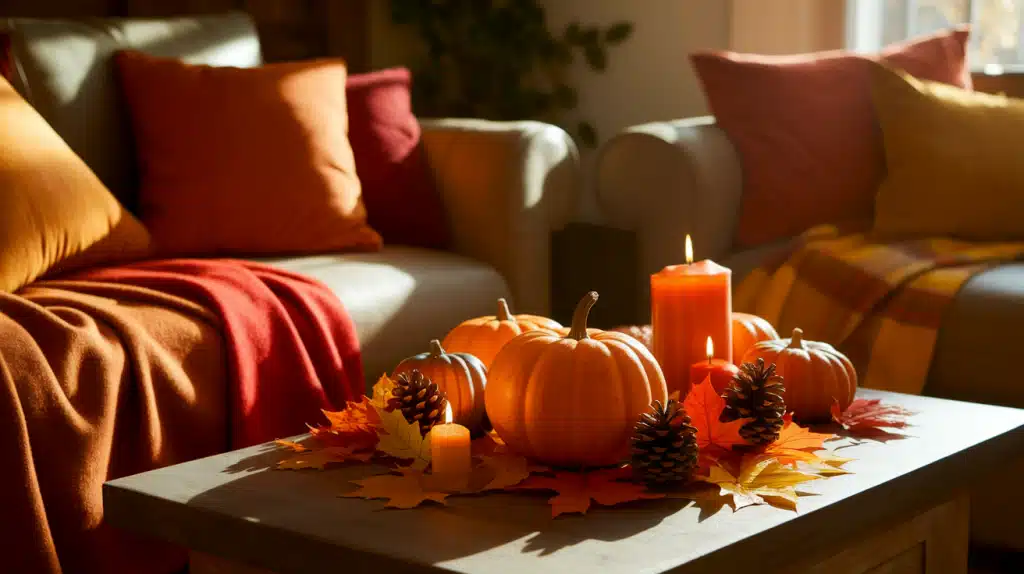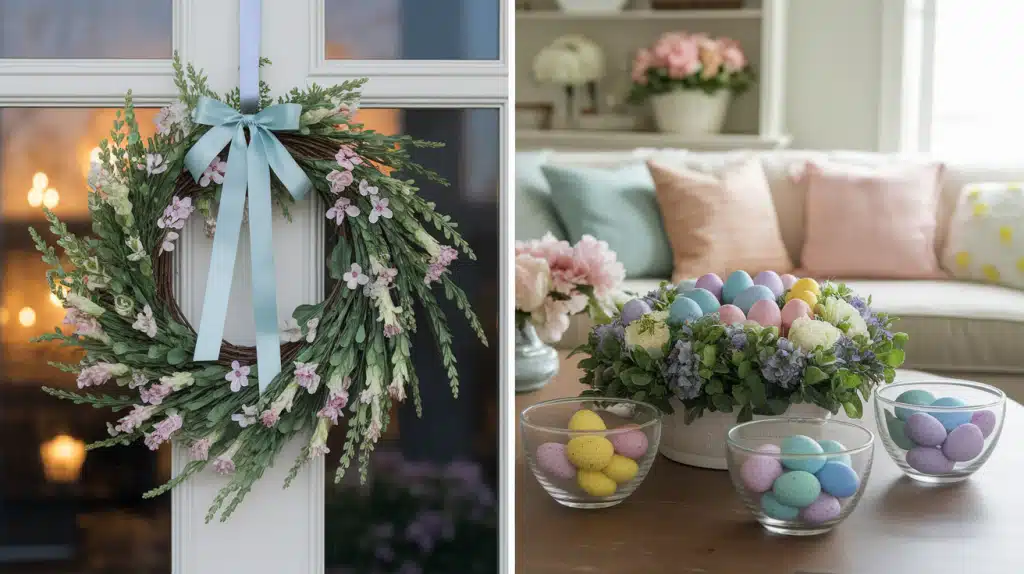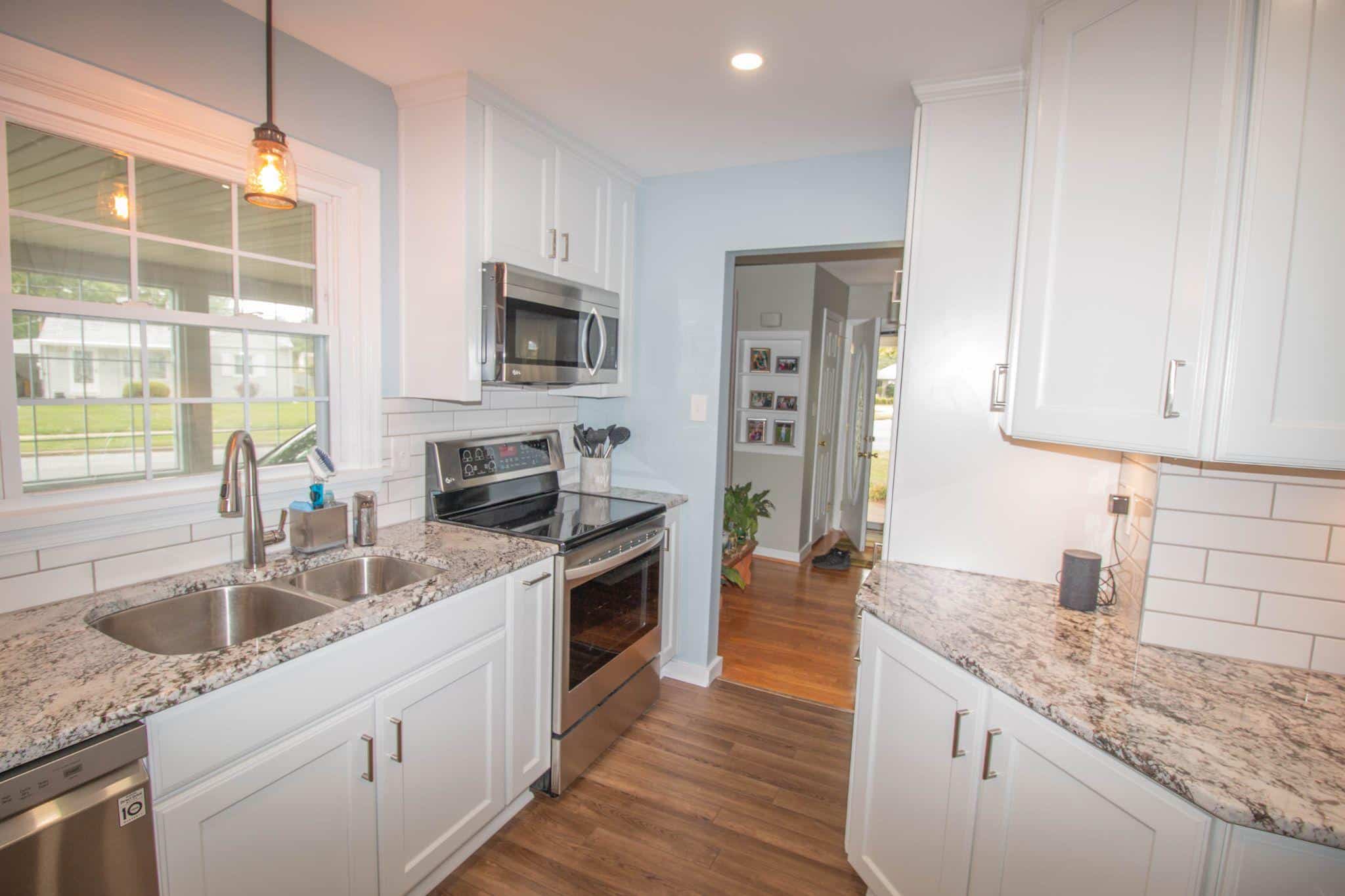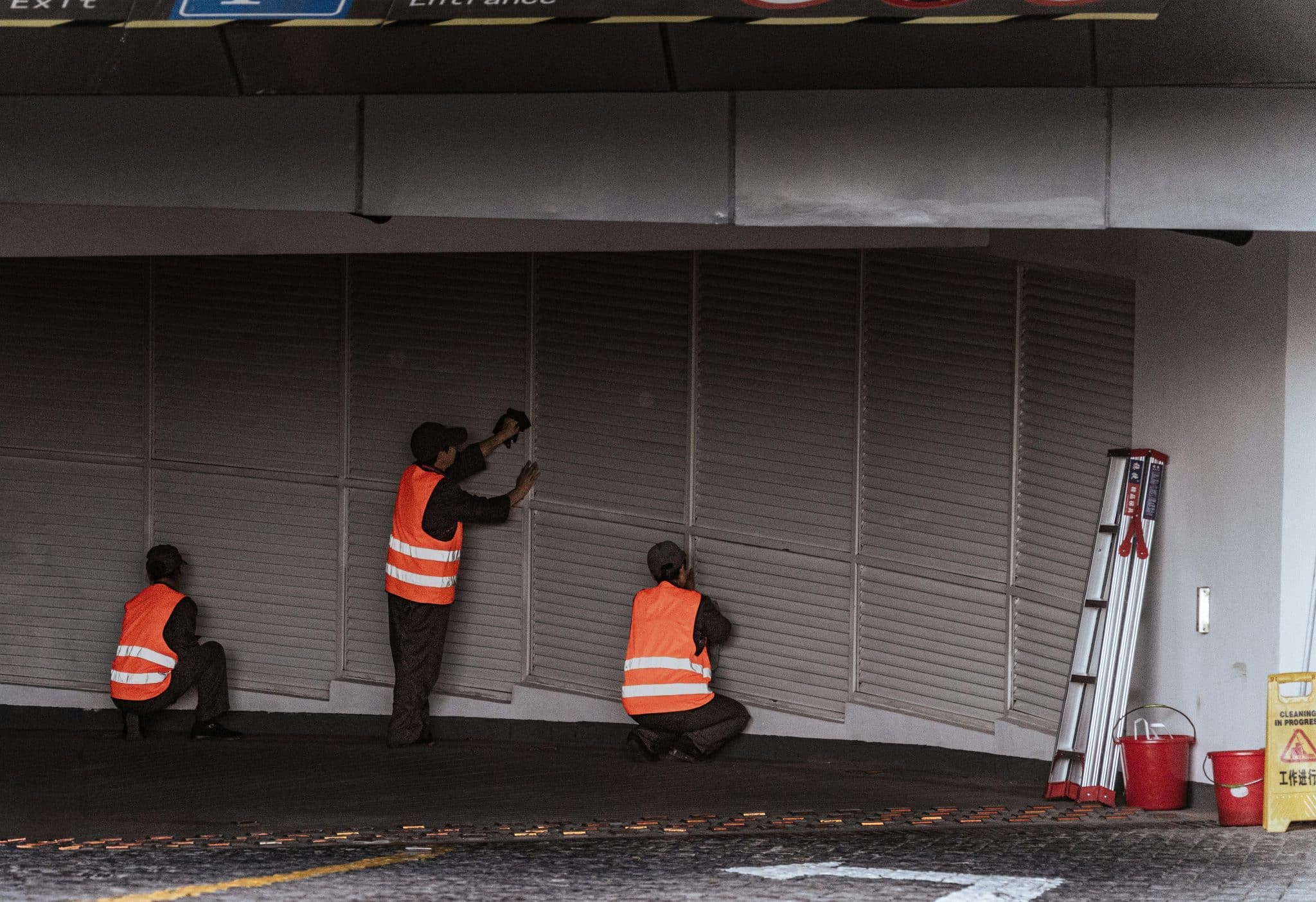Do you ever wonder when’s the best time to decorate for Easter? You’re not alone in this seasonal dilemma. Many families face the same question each year as spring approaches.
Getting the timing right makes all the difference. Start too early and your decorations might feel old by Easter Sunday. Wait too long and you’ll miss weeks of enjoying your beautiful spring setup.
The key is finding that sweet spot that maximizes your enjoyment while respecting the season’s natural rhythm.
This guide will help you find the perfect timing for Easter decorations. You’ll also learn when to decorate for other major seasons throughout the year.
By the end, you’ll know exactly when to start decorating and how long to keep your seasonal displays up.
Why Timing Matters for Seasonal Decorations?
The right timing creates the perfect atmosphere in your home. Well-timed decorations feel fresh and exciting when the season arrives.
Starting too early can lead to decoration fatigue. Your family might get tired of seeing the same Easter bunnies and pastel eggs for months. On the flip side, waiting too long means you miss out on enjoying your hard work.
Here’s why timing matters:
- Sets the mood for the upcoming season
- Prevents clutter from overlapping holidays
- Maximizes the enjoyment of your decoration investment
- Creates anticipation for the special day
When to Start Decorating for Easter?
The ideal timeframe is 2-3 weeks before Easter. This window gives you enough time to enjoy your decorations without them feeling stale.
This timing works perfectly because Easter moves around each year. It can fall anywhere between late March and late April. Starting 2-3 weeks early ensures your decorations feel fresh regardless of when Easter lands.
You can adjust this timeframe based on your family traditions. Some families prefer to start right after St. Patrick’s Day. Others wait until Palm Sunday. The key is finding what works for your household.
Pro tip: Check your local weather patterns. If you live in a colder climate, you might want to wait until signs of spring appear naturally.
How Early Is Too Early?
Decorating too early can make your decorations feel stale before Easter arrives. Generally, more than 4 weeks before Easter is considered too early.
Risks of decorating too early:
- Decorations lose their special feeling
- Family members get tired of seeing the same items
- Seasonal mismatch if winter weather continues
- Decorations might get damaged from being up too long
Benefits of waiting:
- Decorations feel fresh and exciting
- Better timing with natural spring changes
- Less time to get tired of the display
- Easier to maintain decorations for shorter periods
If you do start early, refresh your display halfway through. Add new elements or rearrange existing decorations to keep things interesting.
What to Keep in Mind for Each Season’s Decor?
Each season brings unique opportunities to refresh your home’s atmosphere with colors, textures, and themes that match the natural rhythm of the year.
Easter Decoration Tips
Easter decorations should capture the joy of spring renewal. Focus on soft, welcoming colors that reflect new growth and fresh beginnings.
Mix traditional Easter symbols with natural spring elements to create a balanced display that feels both festive and seasonally appropriate.
Key Elements:
- Pastel colors: soft pink, lavender, mint green
- Fresh flowers: tulips, daffodils, cherry blossoms
- Playful touches: Easter bunnies, colorful eggs
- Spring wreaths and garlands
- Religious symbols, if desired
Summer Decoration Tips
Summer decorations should feel light, breezy, and perfect for outdoor living. Choose colors and materials that work well in bright sunlight and can handle outdoor conditions.
Focus on creating spaces that encourage relaxation and outdoor entertaining with family and friends.
Key Elements:
- Bright colors: sunny yellow, turquoise, coral
- Beach themes: seashells, nautical elements
- Fresh flowers and greenery
- Outdoor-friendly materials
- Pool party decorations
- Light, airy fabrics
Fall Decoration Tips
Fall decorations should create a cozy, welcoming atmosphere as temperatures cool. Use rich, warm colors that reflect the changing leaves and harvest season.
Focus on natural elements and textures that make your home feel comfortable and inviting during the autumn months.
Key Elements:
- Warm tones: orange, deep red, golden yellow
- Natural elements: pumpkins, pinecones, autumn leaves
- Cozy textures: warm blankets, soft fabrics
- Seasonal candles with autumn scents
- Harvest themes and displays
- Rich, earthy materials
Winter/Holiday Decoration Tips
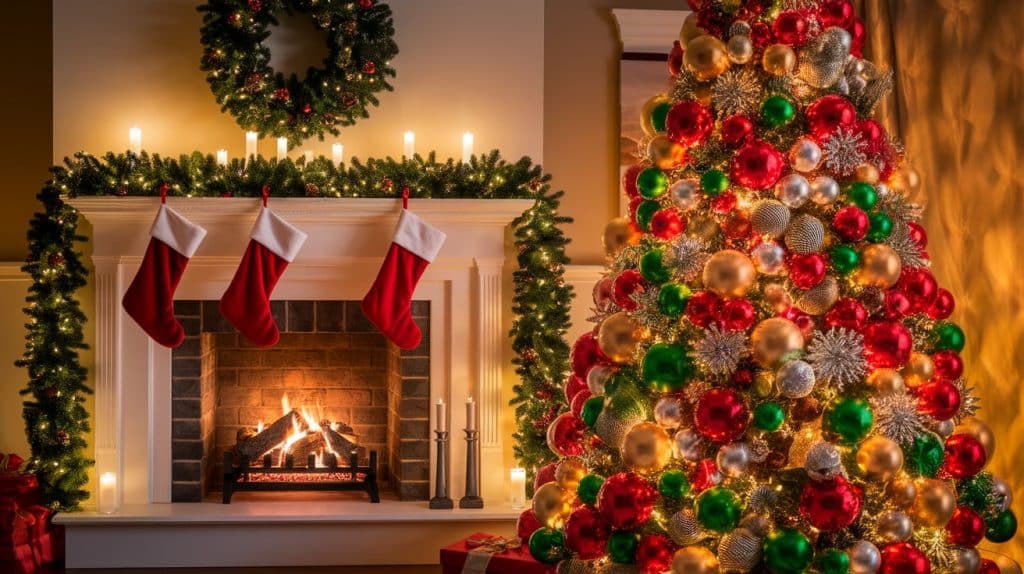
Winter decorations should balance festive celebration with cozy comfort.
Mix traditional holiday elements with modern touches to create displays that appeal to all family members. Focus on lighting and warm colors that brighten the darkest months of the year.
Key Elements:
- Classic colors: red, green, gold, silver
- Traditional and modern elements
- Religious and secular symbols
- Bright lighting for dark days
- Warm, inviting textures
- Festive garlands and ornaments
Quick Tips for Last-Minute Seasonal Decorating
Running behind on your Easter decorating? These simple tips will help you create a festive atmosphere quickly:
- Use a simple floral wreath on your front door
- Set up an Easter table centerpiece with colored eggs and fresh flowers
- Switch out throw pillows for pastel-colored ones
- Add Easter-themed dish towels in the kitchen
- Fill glass bowls with colorful Easter eggs
Time-saving strategies:
- Focus on one main area instead of decorating the whole house
- Use items you already have and add seasonal touches
- Ask family members to help with simple tasks
Budget-friendly ideas:
- Use fresh flowers from your garden
- Repurpose decorations from previous years
- Create DIY projects with basic craft supplies
How Long Should Seasonal Decorations Stay Up?
Keep Easter decorations up until mid-April. This gives you time to enjoy them after Easter while transitioning smoothly to summer decorations.
Here’s a practical timeline:
- Easter decorations: Take down 1-2 weeks after Easter
- Spring decorations: Can stay up through May
- Summer decorations: Remove by late August
- Fall decorations: Take down by early December
- Winter/Holiday decorations: Remove by early January
Smooth transition tips:
- Gradually remove seasonal items instead of all at once
- Keep versatile pieces that work for multiple seasons
- Store decorations properly for next year
- Clean and organize as you pack things away
- Take photos of displays you love for future reference
Some spring decorations can stay up longer since they work well into summer. Flowers, light colors, and nature themes transition nicely between seasons. This approach saves time and keeps your home feeling fresh.
Easter Decorating Made Simple: Your Room-by-Room Action Plan
Change your home for Easter with this practical checklist that breaks down decorating tasks by room and effort level.
| Area | Easy Options | Medium Effort | High Impact |
|---|---|---|---|
| Front Door | Easter wreath, door mat | Garland, potted flowers | Full door display |
| Living Room | Throw pillows, candles | Mantel display, table centerpiece | Room theme change |
| Kitchen | Dish towels, placemats | Cabinet decorations | Full counter display |
| Dining Room | Table runner, centerpiece | Chair covers, wall decor | Complete table setting |
| Outdoor | Porch decorations | Garden additions | Yard display |
Start with easy options if you’re short on time, then gradually add medium and high-impact elements as your schedule allows.
How to Use This Checklist:
- Start Small, Think Big: Begin with easy options like swapping out throw pillows or adding Easter dish towels. These simple changes create immediate impact without major time investment.
- Build Gradually: Once you’ve tackled the easy options, move to medium-effort projects. A beautiful mantel display or Easter table centerpiece can transform your space with moderate effort.
- Go All Out When Ready: High-impact options like complete room theme changes or full yard displays are perfect when you have extra time and want to create a truly memorable Easter atmosphere.
- Mix and Match: You don’t need to choose just one level for each room. Combine easy front door decorations with a high-impact dining room setup, or focus your energy on one show-stopping area while keeping other rooms simple.
- Budget-Friendly Tip: Many easy and medium-effort options use items you already own. Simply rearrange, repurpose, or add seasonal touches to existing decorations.
Conclusion
Now you know the best times to decorate for Easter and other seasons. The key is finding the right balance between early excitement and perfect timing.
Remember that 2-3 weeks before Easter is your sweet spot for decorating. This timing lets you enjoy your decorations without them feeling stale. For other seasons, follow the natural rhythm of weather changes and commercial cues.
The most important thing is to have fun with your decorating. Whether you start early or wait until the last minute, your effort will make your home feel festive and welcoming. Trust your instincts about what feels right for your family and home.
Don’t stress about getting everything perfect. The goal is to create a warm, inviting atmosphere that celebrates the season. Even simple changes can make a big difference in how your home feels.

